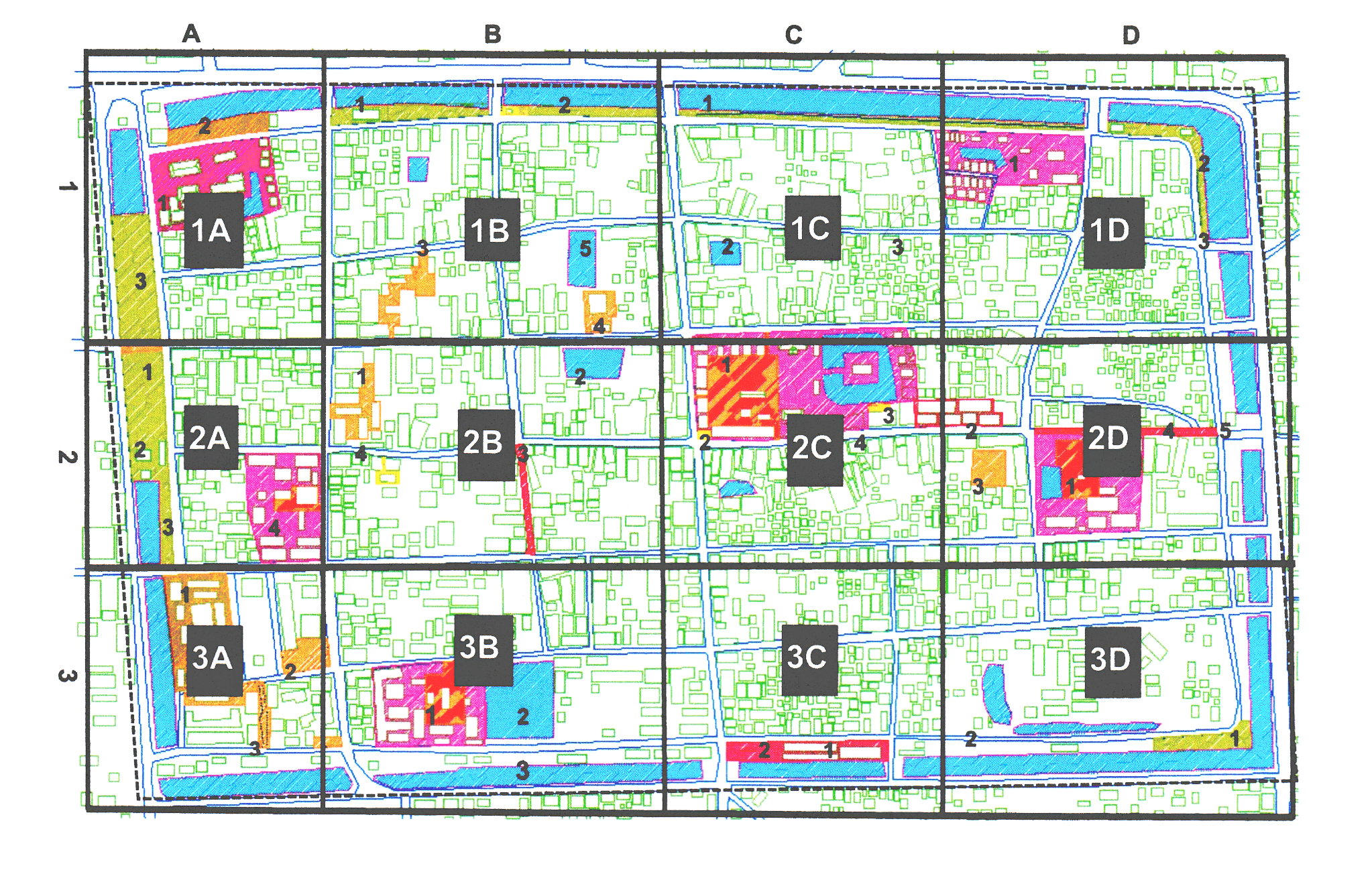Guidelines on Promotion of The Public Space Potential in the Old District of Nakhon Ratchasima City
Main Article Content
Abstract
This paper would like to point out the potential of public space in the old city of Nakhon Ratchasima. All public areas have 7 components : 1. Temple court 2. Urban Plaza 3. Market 4. Shrine 5. Parking 6. Pond, Canal and Park 7. Street and Pedestrian would be led to a promotion the potential of public space in the old city of Nakhon Ratchasima. The research methodology includes 1. Reviewing concepts and theory of the public space 2. Exploring the elements of public space, by maps to identify the location and using public space by questionnaires and interviews. 3. Data analysis of using and requirements of the target audience. 4. Concluding to guideline on promotion of The public space potential in the old district of Nakhon Ratchasima city
The study found that the potential of the area in the old city of Nakhon Ratchasima can be classified into two main issues. 1. The public space have the highest potential, including the temple courtyard urban park should encourage flexible deployment and connection of semi-private area and private which are located in the old town area. 2. The plan is to promote the physical of public space to the quality of life of local residents, for example to addition lighting for public space, to bring a unique atmosphere in old district Nakhon Ratchasima city, to administer area along the canal for using benefit of the public which have led to the development of sustainable cities.
Downloads
Article Details

This work is licensed under a Creative Commons Attribution-NonCommercial-NoDerivatives 4.0 International License.
All material is licensed under the terms of the Creative Commons Attribution 4.0 International (CC-BY-NC-ND 4.0) License, unless otherwise stated. As such, authors are free to share, copy, and redistribute the material in any medium or format. The authors must give appropriate credit, provide a link to the license, and indicate if changes were made. The authors may do so in any reasonable manner, but not in any way that suggests the licensor endorses you or your use. The authors may not use the material for commercial purposes. If the authors remix, transform, or build upon the material, they may not distribute the modified material, unless permission is obtained from JARS. Final, accepted versions of the paper may be posted on third party repositories, provided appropriate acknowledgement to the original source is clearly noted.
References
Boonthum, D. (Ed.) & Rungshang, Rungshang, S. P. (Trans.). (2013). Life between buildings. Using public space by Jan Gehl. Bangkok: Li-Zenn Publishing.
Carmona, M., Heath, T., Oc, T. & Tiesdell, S. (2013). Public places urban spaces. Oxford: Elsevier.
Constitution Drafting Commission. (2016). Draftconstitution. Retrieved April 30, 2016, from http://cdc.parliament.go.th/draftconstitution2/more_news.php?cid=61.
Horayangkura, V. (2012). Creating a livable urban environment: Unseen problems and possible solutions. Journal of Architectural/Planning Research and Studies, 8(2), 14-19.
Luechajarassin, P. (2014). The study of the design process for development and conservation of China town district: A case study of Weangnakonkasem community. Journal of Architectural/Planning Research and Studies, 11(2), 73-81.
Nakhon Ratchasima City Municipal. (2005). The seventy years old Korat. Nakhon Ratchasima: N.P.
Oranratmanee, R. (2012). Full research report the use of public space for walking street in a form of flea market in Thai urban cities. Bangkok, Thailand: Grant from The Thailand Research Fund (TRF).
Oranratmanee, R. (2014). The ideas of public space: Between west and east. In Suwastsharapinun, S. (Ed.). Towards architectural theories: Public space social space. Chiang Mai, Thailand: Chiang Mai University Press, 33-47.
Piromruen, S. (2014). Searching for theory in planning and designing of square and plaza. Najua Journal, 28, 325-326.
Tansuklanun, P. & Phetcharanond, M. (2007). Full research report A search for vital public space: the Urbanlife of Khon Kaen. Khon Kaen, Thailand: Grant from the Faculty of Architecture Khon Kaen University.
Zucker, P. (1959). Town and square from the agora to the village green. Minnesota: Columbia University Press.


